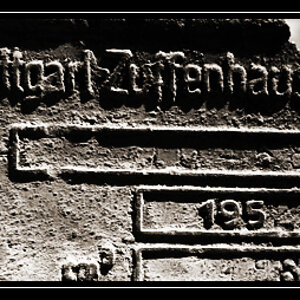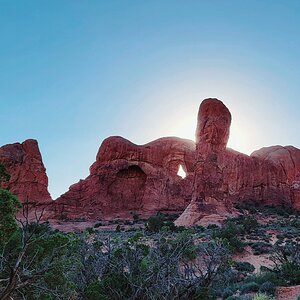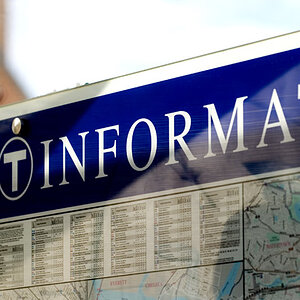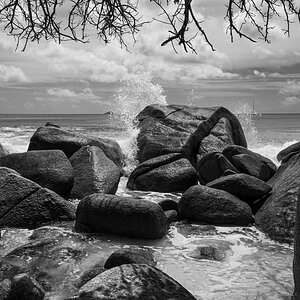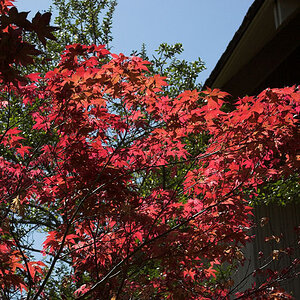Kodan_Txips
TPF Noob!
- Joined
- Feb 6, 2005
- Messages
- 99
- Reaction score
- 0
The moon is near as dammit an 18% grey card, so set your exposure as though it was an average summer day, Don't forget that it is not a little grey circle in the sky, it is actually a light source.
The best way would be to get your Weston exposure meter, and go there to take an incident light reading...
The best way would be to get your Weston exposure meter, and go there to take an incident light reading...




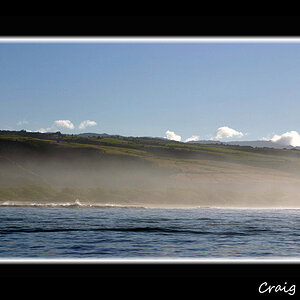
![[No title]](/data/xfmg/thumbnail/38/38444-6063bb59cb410c520a1ccccbe58db9c7.jpg?1619738614)
